Letter to a Hindoo - [4]
IV
Children, do you want to know by what your hearts should be guided? Throw aside your longings and strivings after that which is null and void; get rid of your erroneous thoughts about happiness, and wisdom, and your empty and insincere desires. Dispense with these and you will know love.
Krishna P. 171.
Be not the destroyers of yourselves. Arise to your true Being, and then you will have nothing to fear.
Krishna P. 177.
New vindications of the power of potentates have replaced the obsolete ones. These justifications are as groundless as those they superseded but they are still new; hence their inconsistency cannot at once be quite clear to the majority, and, besides, the people who make use of power propagate them and support them in such a skilful manner that these justifications appear to many as quite incontrovertible, even to those who suffer from what they justify. These new vindications are termed scientific.
«Scientific» is a word that has for the majority the same power as has the word «religious». As all that was called relegious for the simple reason that it was called religious implied [that it] should be always the truth, exactly in the same way all that is called scientific for the simple reason that it is called Science, is always regarded [as] undoubtedly true. Thus, in this case the outlived religious justification of violence which consisted in the recognition of the peculiarity and divinity of personages being in power and put in power by God («there is no power but from God») was replaced by the justification consisting in the first place of the fact, that as amongst people, the coercion of some by others has always been, it is proved that such violence must continue indefinitely. In this, i. e. that mankind should not live according to reason and conscience, but in obedience to that which has for a long time been taking place amongst them, – in this is embodied what «Science» terms the «historical law». The second «scientific» justification is, that as amongst plants and animals a struggle or existence goes on which always culminates in the survival of the fittest, the same struggle should go on amongst men (notwithstanding that men are beings endowed with the attributes of reason and love, faculties which are absent from beings submitting to the law of struggle and selection). In this consists the second «scientific» justification of violence.
The third scientific justification of violence the most prominent, and unfortunately the most widespread, is in reality the oldest religious justification only a little altered which is the theory that the use of violence in social life against some, for the welfare of others is inevitable, and, however desirable love amongst people might be, coercion is indispensable. The difference between the justification of violence by pseudo science and that of pseudo religion is in the fact that to the question, «Why such and such people, and not others, have the right to decide as to whom violence may and must be used against», – science does not give the same reply as that which religion had formulated: that these decisions are just because they are pronounced by personages who possess a divine power, but that these decisions represent the will of the majority, which, under a constitutional form of government is supposed to express itself in all the decisions and actions of the party who at any given time is in power.
Such are the scientific vindications of coercion. These vindications, although quite groundless, are so necessary to people occupying privileged positions that they as implicitly beliefe in them, and as confidently propagate them, as they formerly did the doctrine of the immaculate conception.
Meantime the unhappy majority weighed down by toil, is so dazzled by the display which accompanies the propagation of these «scientific truths», that, under this new influence it accepts them as readily as it formerly accepted the pseudo religious justifications and continues to submit slavishly to new potentates who are just as cruel as the former one, but who have some what increased in number.
V
Who am I? I am that which thou hast searched for since thy baby eyes gazed wonderingly upon the world, whose horizon but hides this real life from thee. I am that which in thy heart thou hast prayed for, demanded as thy brithright, although thou hast not known what it was. I am that which has lain in thy soul for hundreds and thousands of years. Sometimes I lay in thee grieving, because thou didst not recognise me; sometimes I raised my head, opened my eyes, and extended my arms calling thee either tenderly and quietly, or strenuously, demanding that thou should’st rebel against the hard iron earth-chains which held thee bound to clay.
Krishna P. 192.
Thus it has been, and still is, going on in the Christain world. One could hope that in the vast Brahmin, Buddhist, Confucian worlds this new scientific superstition would not have place, and that the Chinese, the Japanese, the Hindoos, having seen the falsity of religious impositions which justify violence, would proceed direct to the conception of the law of love inherent in humanity, which has been so clearly enunciated by the great teachers of the East. But it appears that the scientific superstition which replaced the religious one, is getting a firmer and firmer grip upon the Oriental nations. It has now a specially strong hold on the land of the extreme East, Japan, not only upon its leaders but on the majority of its people and is the precursor to the greatest calamities. It has taken hold of China with her 400 millions of inhabitants, and also of your India with her 200 millions, or at least the bulk of the people who look upon themselves, as you do, as the leaders of these peoples.
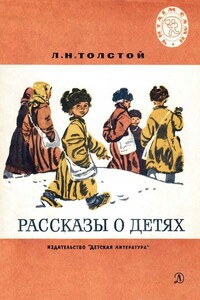
Рассказы, собранные в этой книге, были написаны великим русским писателем Львом Николаевичем Толстым (1828–1910) специально для детей. Вот как это было. В те времена народ был безграмотный, школ в городах было мало, а в деревнях их почти не было.Лев Николаевич Толстой устроил в своём имении Ясная Поляна школу для крестьянских детей. А так как учебников тоже не было, Толстой написал их сам.Так появились «Азбука» и «Четыре русские книги для чтения». По ним учились несколько поколений русских детей.Рассказы, которые вы прочтёте в этом издании, взяты из учебных книг Л.
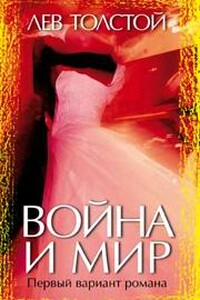
Те, кто никогда не читал "Войну и мир", смогут насладиться первым вариантом этого великого романа; тех же, кто читал, ждет увлекательная возможность сравнить его с "каноническим" текстом. (Николай Толстой)
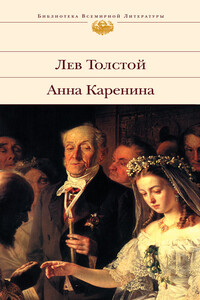
«Анна Каренина», один из самых знаменитых романов Льва Толстого, начинается ставшей афоризмом фразой: «Все счастливые семьи похожи друг на друга, каждая несчастливая семья несчастлива по-своему». Это книга о вечных ценностях: о любви, о вере, о семье, о человеческом достоинстве.
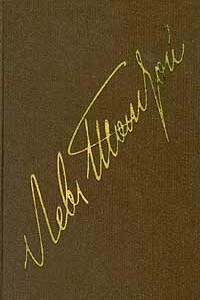
В томе печатается роман «Воскресение» (1889–1899) — последний роман Л. Н. Толстого.http://rulitera.narod.ru.
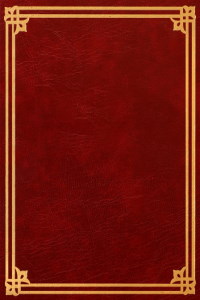
Детство — Что может быть интереснее и прекраснее открытия мира детскими глазами? Именно они всегда широко открыты, очень внимательны и на редкость проницательны. Поэтому Лев Толстой взглянул вокруг глазами маленького дворянина Николеньки Иртеньева и еще раз показал чистоту и низменность чувств, искренность и ложь, красоту и уродство...
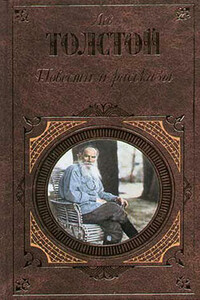
В книге рассказывается история главного героя, который сталкивается с различными проблемами и препятствиями на протяжении всего своего путешествия. По пути он встречает множество второстепенных персонажей, которые играют важные роли в истории. Благодаря опыту главного героя книга исследует такие темы, как любовь, потеря, надежда и стойкость. По мере того, как главный герой преодолевает свои трудности, он усваивает ценные уроки жизни и растет как личность.
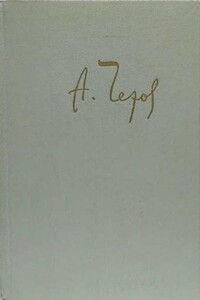
В книге рассказывается история главного героя, который сталкивается с различными проблемами и препятствиями на протяжении всего своего путешествия. По пути он встречает множество второстепенных персонажей, которые играют важные роли в истории. Благодаря опыту главного героя книга исследует такие темы, как любовь, потеря, надежда и стойкость. По мере того, как главный герой преодолевает свои трудности, он усваивает ценные уроки жизни и растет как личность.
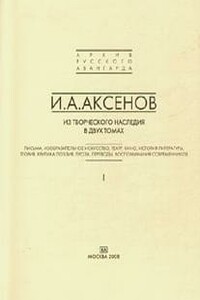
В первый том творческого наследия И. А. Аксенова вошли письма, изобразительное искусство, театр и кино; второй том включает историю литературы, теорию, критику, поэзию, прозу, переводы, воспоминания современников.https://ruslit.traumlibrary.net.

В книге рассказывается история главного героя, который сталкивается с различными проблемами и препятствиями на протяжении всего своего путешествия. По пути он встречает множество второстепенных персонажей, которые играют важные роли в истории. Благодаря опыту главного героя книга исследует такие темы, как любовь, потеря, надежда и стойкость. По мере того, как главный герой преодолевает свои трудности, он усваивает ценные уроки жизни и растет как личность.

В книге рассказывается история главного героя, который сталкивается с различными проблемами и препятствиями на протяжении всего своего путешествия. По пути он встречает множество второстепенных персонажей, которые играют важные роли в истории. Благодаря опыту главного героя книга исследует такие темы, как любовь, потеря, надежда и стойкость. По мере того, как главный герой преодолевает свои трудности, он усваивает ценные уроки жизни и растет как личность.
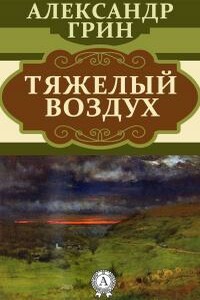
В книге рассказывается история главного героя, который сталкивается с различными проблемами и препятствиями на протяжении всего своего путешествия. По пути он встречает множество второстепенных персонажей, которые играют важные роли в истории. Благодаря опыту главного героя книга исследует такие темы, как любовь, потеря, надежда и стойкость. По мере того, как главный герой преодолевает свои трудности, он усваивает ценные уроки жизни и растет как личность.

В сборник произведений писателя-символиста Георгия Чулкова (1879–1939) вошли новеллы «Сестра», «Морская Царевна», «Подсолнухи», «Омут», «Судьба» и «Голос из могилы».